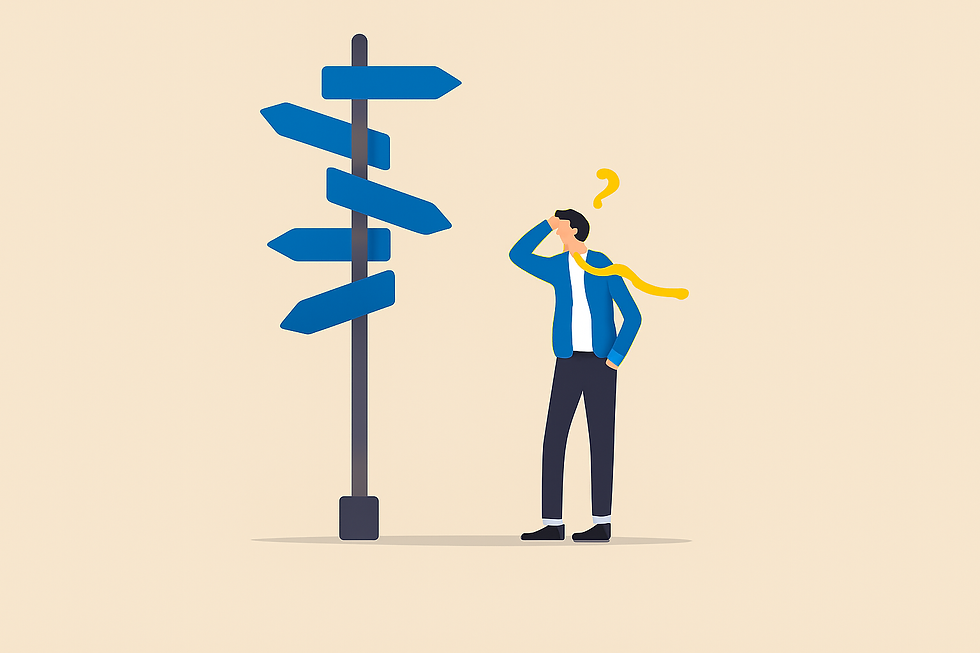Renting vs. Owning: Finding the Right Answer for You
- Rich Arzaga

- Jan 20
- 2 min read
Updated: 2 hours ago

by Rich Arzaga, CFP®, CCIM, The Real Estate Whisperer® Financial Planning
Questions about buying a first home often spark concern, especially for Millennials and Gen Z. Charts like the above can amplify this uncertainty.
The Good News
There is a correct answer to the rent vs. own question for each household, and it lies in understanding your financial priorities, resources, cash flow, and long-term goals.
As a financial planner, I’ve helped many navigate this decision by breaking it down with real numbers. It’s not just about facts and figures; it’s about finding an unbiased thinking partner to facilitate the conversation—someone who can help balance the emotional aspect of real estate decisions.
The Bad News
Charts like this miss crucial details, leaving readers with an incomplete picture. Here are some of the key issues:
Selection Bias in Data
This chart focuses on expensive cities. It appears to be the top 20. Expanding to less costly areas would show a narrower gap between renting and owning, offering a more realistic view for Americans in middle America. A tiered analysis would better represent the diverse housing landscape.
Neighborhood Cost Discrepancies
Rental properties and affordable housing are often concentrated in specific areas, while owner-occupied homes may be in higher-demand neighborhoods. This clustering skews cost comparisons, as the locations frequently don’t match.
Missing the Down Payment
Charts like this rarely account for the equity homeowners put up front. A $75,000 to $150,000 down payment carries a significant opportunity cost. The time value of money for this investment must be considered, but such nuances are complicated to reflect in broad comparisons.
Appreciation vs. Inflation
Historically, according to Case-Shiller, single-family homes have appreciated at an average of 3.4% annually. This growth builds wealth for homeowners, contrasting the average 3% inflation rate that increases renters’ costs.
Tax Benefits for Homeowners
Homeowners may deduct mortgage interest from their taxable income. For example, someone paying $12,000 annually in interest and in a 20% tax bracket could save $2,400 in taxes. While not guaranteed for everyone, it’s a key consideration.
Unaccounted Maintenance Costs
Homeownership involves expenses beyond the mortgage. On average, homeowners might spend $30,000 to $50,000 every decade on major repairs and maintenance—$3,000 to $5,000 annually in reserves. Ignoring this distorts the true cost of ownership.
Any one of these factors would change the results of this chart for individuals trying to make a good decision. A combination of these factors make the chart unusable.
You The Real Solution
While charts like this spark interest, they oversimplify a complex decision. The best way forward is a personalized evaluation. Work with a trusted advisor to review your circumstances and weigh all factors, including deductions, expenses, and appreciation potential. Real estate decisions should be grounded in your goals, not generalizations.




Comments